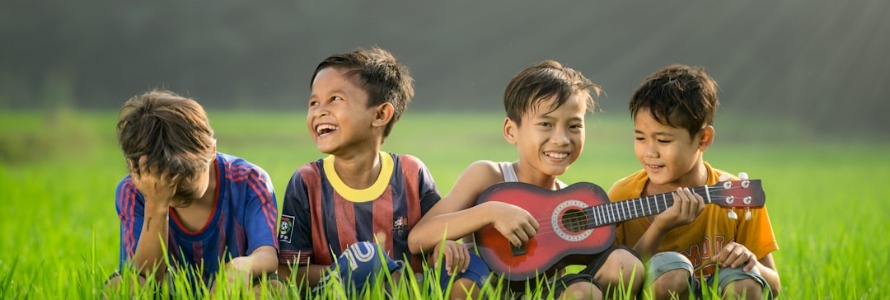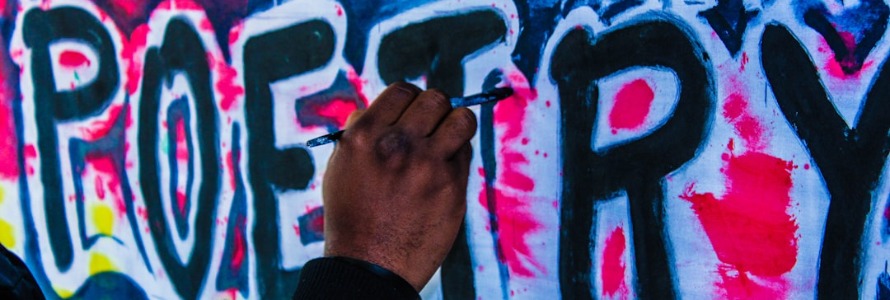
Poetry has always been a gateway to the imagination, and as a parent or educator, I’ve found that introducing children to poetry can be a transformative experience. The rhythm, rhyme, and vivid imagery of poems captivate young minds, nurturing creativity and emotional intelligence. Here, I’ll share some of the best poetry books for kids that have ignited the imaginations of the children in my life, along with tips on making poetry fun and accessible.
Why Poetry Matters for Kids
Poetry is more than just words on a page—it’s a tool for expression, empathy, and connection. When children engage with poetry, they:
- Enhance language skills: Poems introduce new vocabulary and improve listening and speaking skills.
- Foster creativity: The abstract nature of poetry encourages kids to think outside the box.
- Develop emotional awareness: Poetry often explores complex feelings, helping children understand and articulate their emotions.
- Build a love for reading: The playful nature of poetry makes reading enjoyable and less intimidating.
As someone passionate about fostering a love for literature, I’ve curated a list of poetry books that have been hits with kids of various ages.

Best Poetry Books for Kids
1. Where the Sidewalk Ends by Shel Silverstein
This classic collection is a must-have for any child’s bookshelf. Shel Silverstein’s whimsical poems and illustrations create a world of wonder and laughter. Poems like “Sarah Cynthia Sylvia Stout Would Not Take the Garbage Out” are filled with humor and life lessons. This book is perfect for kids aged 6 and up who love silly, thought-provoking rhymes.
2. A Light in the Attic by Shel Silverstein
Another masterpiece by Silverstein, this collection includes memorable poems like “Somebody Has to Go Polish the Stars.” It’s ideal for sparking curiosity and engaging young readers with its imaginative scenarios.
3. National Geographic Book of Animal Poetry edited by J. Patrick Lewis
This book combines stunning photographs with poems from various poets, celebrating the beauty and diversity of animals. It’s a fantastic choice for kids who love nature and wildlife, offering both education and inspiration.

4. The Random House Book of Poetry for Children edited by Jack Prelutsky
Jack Prelutsky’s anthology is a treasure trove of poems by famous authors like Robert Frost, Langston Hughes, and Lewis Carroll. The book’s wide range of topics and tones ensures there’s something for every child to enjoy.
5. Runny Babbit: A Billy Sook by Shel Silverstein
This unique collection features spoonerisms (playful swapping of letters in words) that create hilarious and nonsensical poems. It’s a delightful way to introduce kids to the fun of language play.
6. Mirror Mirror: A Book of Reversible Verse by Marilyn Singer
This ingenious book features poems that can be read forwards and backwards, offering two different perspectives. It’s a great pick for children aged 8 and up who enjoy puzzles and creative thinking.
7. Hi, Koo!: A Year of Seasons by Jon J. Muth
Jon J. Muth’s collection of haikus celebrates the seasons with simplicity and elegance. Accompanied by beautiful watercolor illustrations, it’s an excellent introduction to this traditional form of poetry.
8. Poetry for Young People: Langston Hughes edited by David Roessel and Arnold Rampersad
This book introduces children to the iconic works of Langston Hughes, with poems that address themes of hope, resilience, and the beauty of African American culture. The accessible language and illustrations make it perfect for ages 9 and up.
9. Florian’s Poetry Paintbox Series by Douglas Florian
Douglas Florian’s series includes titles like Insectlopedia and Comets, Stars, the Moon, and Mars. Each book combines witty poems with playful illustrations, focusing on specific themes that fascinate children.

10. I’m Just No Good at Rhyming by Chris Harris
This laugh-out-loud collection turns the rules of poetry upside down, making it relatable and fun for modern kids. Harris’s humorous approach encourages reluctant readers to give poetry a try.
Tips for Introducing Kids to Poetry
Over the years, I’ve learned a few tricks to make poetry engaging for children:
- Read aloud with enthusiasm: Bring poems to life by using expressive voices and gestures.
- Encourage participation: Let kids choose poems to read or act out.
- Connect with their interests: Find poetry books that align with their hobbies, whether it’s animals, space, or humor.
- Incorporate poetry into daily life: Write short rhymes for lunchbox notes or bedtime rituals.
- Make it interactive: Create “poetry jars” with prompts or host a family poetry slam.
- Explore different forms: Introduce haikus, acrostics, and free verse to show the diversity of poetry.

How Poetry Shapes Young Minds
In my experience, poetry helps children navigate the world with empathy and wonder. It teaches them to look closely, think deeply, and express themselves authentically. For example, after reading a nature-themed poem, one of my students began observing insects with newfound curiosity, eventually writing her own poems about them.
Final Thoughts
Introducing children to poetry is one of the greatest gifts we can give them. The books I’ve shared here are just the beginning of a lifelong journey into the world of words and imagination. Whether you’re reading silly rhymes together at bedtime or exploring profound themes in a classroom, poetry has the power to inspire and connect us all.
Let me know which poetry books you and your kids love, and let’s keep sparking imaginations together!
References
Lewis, J. P. (Ed.). (2012). National Geographic book of animal poetry. National Geographic Kids.
Prelutsky, J. (Ed.). (1983). The Random House book of poetry for children. Random House Books for Young Readers.
Shel Silverstein. (1974). Where the sidewalk ends. HarperCollins.
Shel Silverstein. (1981). A light in the attic. HarperCollins.
Shel Silverstein. (2005). Runny Babbit: A Billy Sook. HarperCollins.
Singer, M. (2010). Mirror mirror: A book of reversible verse. Dutton Children’s Books.
Muth, J. J. (2014). Hi, Koo!: A year of seasons. Scholastic Press.
Roessel, D., & Rampersad, A. (Eds.). (2006). Poetry for young people: Langston Hughes. Sterling Children’s Books.
Florian, D. (2008). Comets, stars, the moon, and Mars. Harcourt Children’s Books.
Harris, C. (2017). I’m just no good at rhyming. Little, Brown Books for Young Readers.



Introducing kids to poetry is such a beautiful way to spark their creativity and imagination! I’ve found that children respond especially well to poems with rhythmic patterns and playful language – they almost naturally start engaging with the words, even if they don’t fully grasp the deeper meanings at first. Shel Silverstein’s works have been a huge hit in my experience; his ability to mix humor with subtle life lessons is incredible. One challenge I’ve encountered is finding poetry that resonates with slightly older kids – say, preteens – who might feel “too grown up” for whimsical rhymes but aren’t yet ready for complex adult themes.
Hey, Slavisa,
Thanks for reading and for sharing your thoughts, opinion, and experiences with the poetry for kids. I would love to read your comments again on my other articles. Would you consider reading more?
John